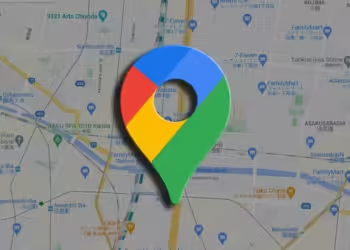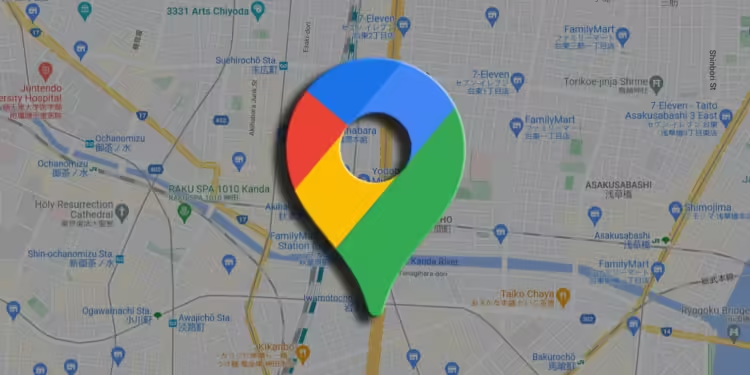The Giant Pink Bunny in Italy
Nestled in the picturesque Italian countryside, a giant pink bunny sprawls lazily on a hillside, as if it had one too many espressos and decided to take the world’s most epic nap. This enormous plush creature, visible from Google Maps and delighting satellite viewers everywhere, isn’t just any ordinary rabbit – it’s an art installation known as “Hase,” created by the Viennese art collective Gelitin. Measuring a whopping 200 feet long, this quirky landmark looks like it crash-landed from some fluffy alien dimension, adding an unexpected splash of whimsy to the serene landscape.
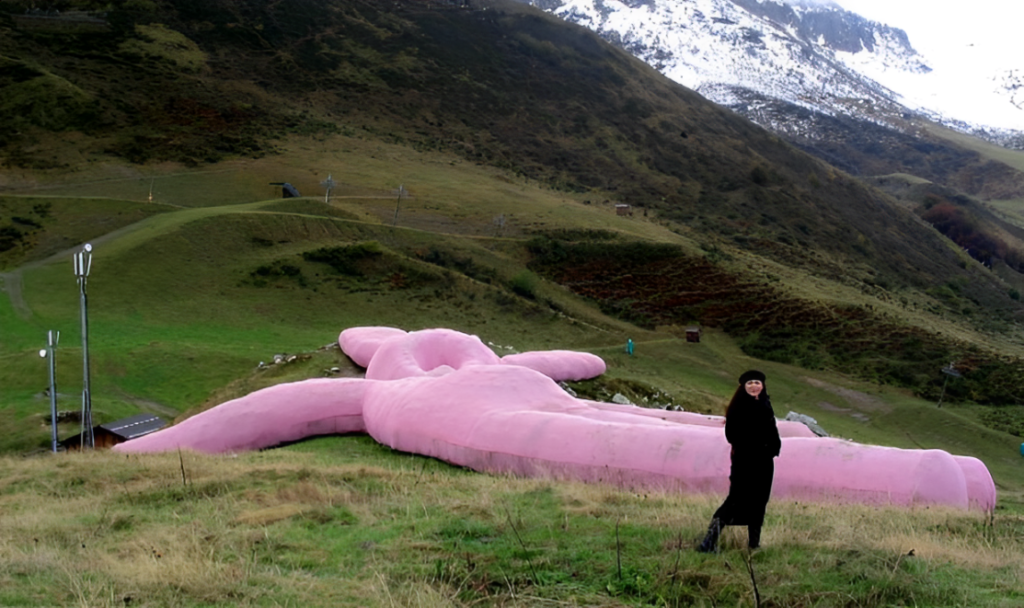
The bunny’s story is as charmingly bizarre as its appearance; designed to surprise hikers and inspire childlike wonder, it’s been slowly decomposing since its creation in 2005. As it gradually merges with nature over time, this pink behemoth continues to serve as a hilariously surreal reminder that sometimes the strangest sights can make for the best travel stories – or at least some very puzzled Google Maps users!
The Airplane Graveyard in Tucson, Arizona
From above, the airplane graveyard in Tucson, Arizona looks like the world’s strangest parking lot, where jumbo jets go to retire and swap stories about their glory days in the skies. Rows upon rows of abandoned planes stretch out like a giant game of Tetris played by someone with a serious aversion to empty spaces. Satellite images reveal this eerie sight with startling clarity, almost as if Google Earth decided to take a detour through an aircraft retirement home.

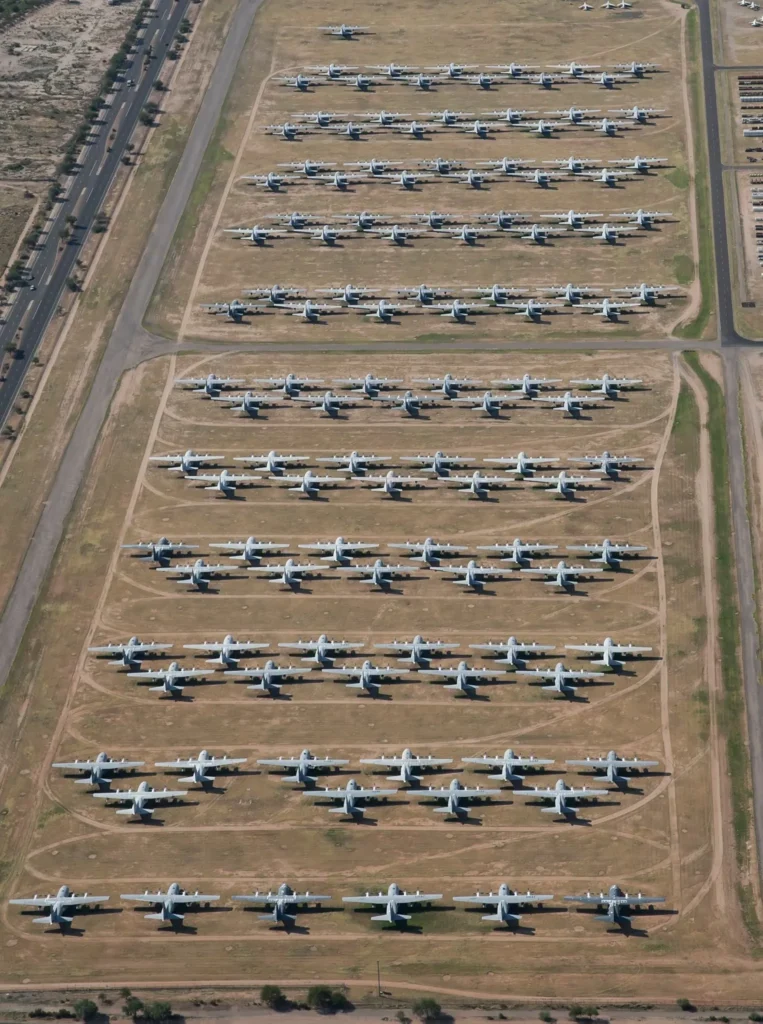

The juxtaposition of these massive metal birds lying silently on the desert floor is oddly mesmerizing; it’s as if they are all lined up for roll call, waiting for some unseen air marshal to shout “at ease!” It’s both haunting and hilarious to think that somewhere down there might be a plane still wondering when its next flight is scheduled.
The Desert Lips in Sudan
In the vast expanse of the Sudanese desert, amidst endless dunes and scorching sun, lies a peculiar natural formation that has earned the nickname “Desert Lips.” From above, thanks to our trusty sidekick Google Maps, this geological oddity looks uncannily like a pair of lips puckered up for a selfie. Imagine stumbling upon this while scrolling through satellite images; it’s as if Mother Nature herself decided to plant a giant kiss mark right in the middle of nowhere!
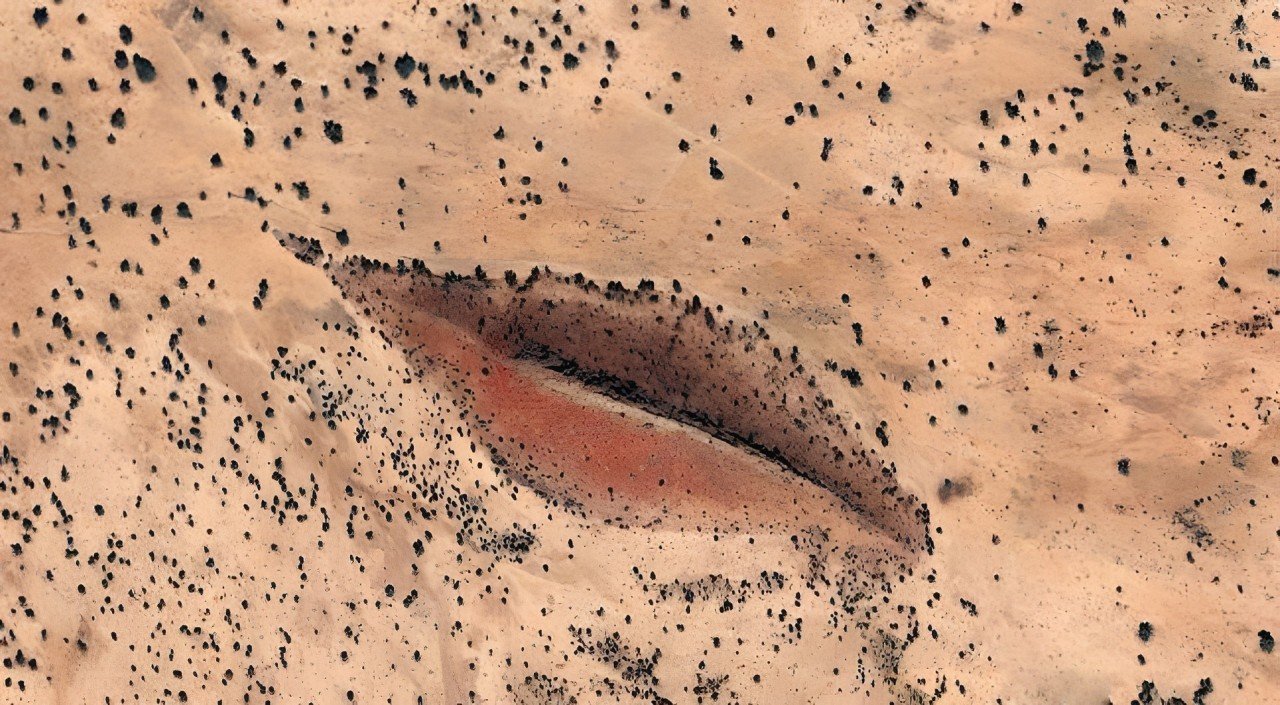
The Desert Lips have become an oddball attraction for digital explorers who love tracking down Earth’s quirkiest features without breaking a sweat or leaving their couch. Who knew that hidden among the sand and rocks would be something you’d expect more from a makeup ad than from harsh wilderness? So next time you’re bored at home, forget cat videos—go on Google Maps and pucker up with the Sudanese desert’s most flirtatious landmark!
The Badlands Guardian in Canada
If you ever find yourself in Alberta, Canada, and feel like you’re being watched, don’t worry—it’s just the Badlands Guardian keeping an eye on you. This rock formation is Mother Nature’s way of proving she has a sense of humor and a knack for sculpture. When viewed from above via satellite imagery, this natural wonder resembles a human face wearing a headdress, looking like it’s straight out of an ancient legends or perhaps auditioning for the next superhero movie.
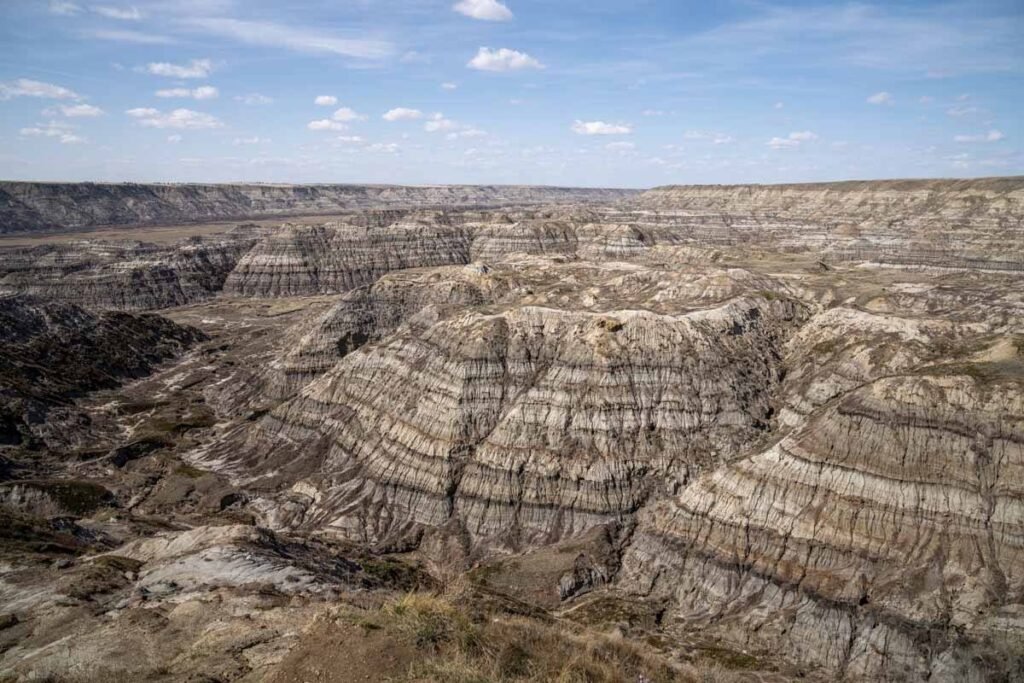
The Badlands Guardian is so strikingly detailed that you’d think it was crafted by some prehistoric artist with too much time on their hands and a great view of the sky—or maybe aliens with a flair for design? Either way, this quirky geological phenomenon is a testament to the fact that even rocks can have personality if you look at them from the right angle. So next time you’re in Alberta, give the Guardian a nod; after all, it’s not every day you get to meet a stone-faced celebrity!
The Patterned Fields of Kazakhstan
Scrolling through Google Earth, you might stumble upon the vast agricultural fields of Kazakhstan and find yourself captivated by their mesmerizing geometric patterns. It’s as if a group of mathematicians decided to moonlight as farmers, turning the landscape into a giant game of Tetris. These patterned fields showcase everything from perfect circles to bizarrely intricate grids that would make even the most seasoned crop circle enthusiast scratch their head in awe.

One can’t help but wonder if alien landscapers have been secretly working overtime or if this is just Kazakhstan’s way of making farming a bit more entertaining. Whether it’s an attempt to win an agricultural beauty pageant or simply a quirky method to maximize efficiency, these geometric masterpieces provide an unexpected visual treat for anyone casually exploring our planet from the comfort of their couch. So next time you’re on Google Maps, take a detour over Kazakhstan and enjoy the world’s most elaborate patchwork quilt—no binoculars required!
The Ghost Island of Sandy Island
Once upon a time, Sandy Island was the star of Google Maps, proudly floating in the Coral Sea like an unsinkable ghost ship. This so-called “ghost island” had cartographers scratching their heads and adventurers dreaming of hidden treasures. But one day, with a dramatic flair worthy of a prime-time soap opera, Sandy Island pulled off the ultimate vanishing act—it disappeared without a trace!
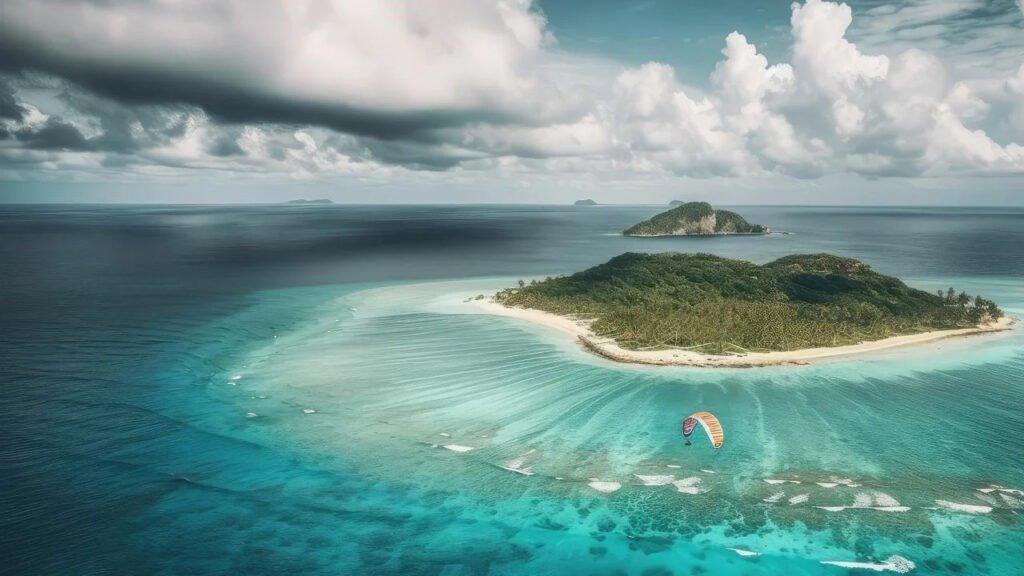
The island’s sudden exit from the map left everyone baffled, sparking wild theories ranging from secret government conspiracies to mischievous map anomalies playing pranks on humanity. Now relegated to the realm of digital folklore, Sandy Island remains an enigmatic reminder that even in our hyper-connected world, some mysteries refuse to stay grounded—or even charted—on Google Maps.
The Bloody Lake in Iraq
In the quirky world of Google Maps mysteries, few things are as eyebrow-raising as the sight of a blood-red lake near Sadr City, Iraq. Dubbed the “Bloody Lake,” this unsettling body of water looks like something straight out of a horror movie or a botched Kool-Aid factory. Theories about its crimson hue range from plausible to outright bizarre. Some suggest industrial pollution or algae blooms are to blame – neither particularly comforting when you think about it.
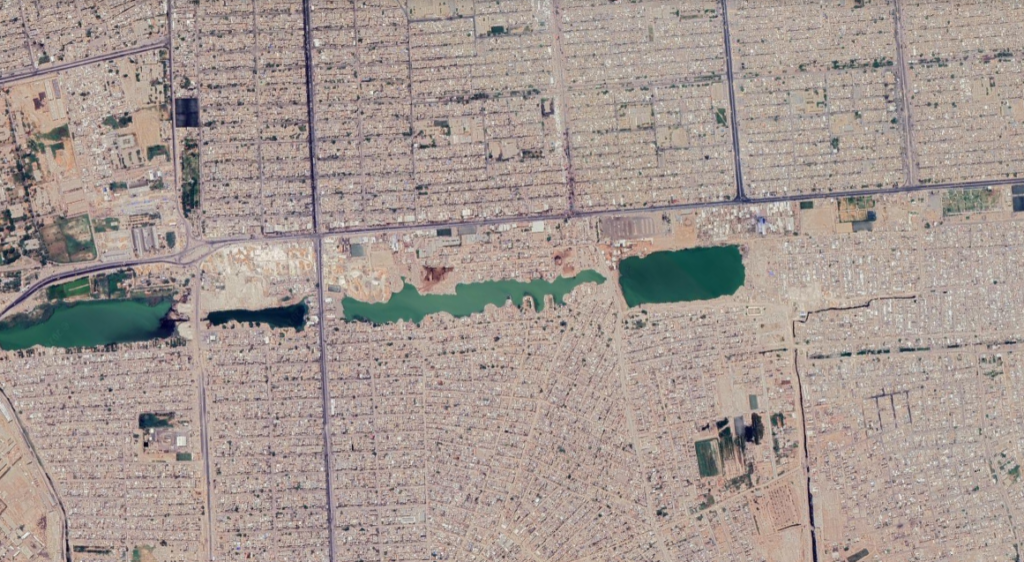
Others whisper conspiracies involving secret governmental experiments or even ancient curses reawakening for a sequel no one asked for. While scientists continue to debate and investigate, one thing’s for sure: if you ever find yourself planning a picturesque picnic by a lake in Iraq, perhaps steer clear of this unnervingly red watering hole unless you’re into that whole “ominous apocalyptic landscape” vibe.
The Shipwreck of SS Jassim in Sudan
The SS Jassim, once a proud Bolivian cargo ferry, now enjoys its retirement as one of the most famous shipwrecks off the coast of Sudan. This rusting relic, visible on Google Maps, met its watery fate in 2003 when it decided that sailing was overrated and opted for a permanent beach holiday. Now an unofficial tourist attraction for couch surfers worldwide, the SS Jassim has become a darling of Google Earth shipwreck enthusiasts who marvel at its stubborn insistence to stay put.
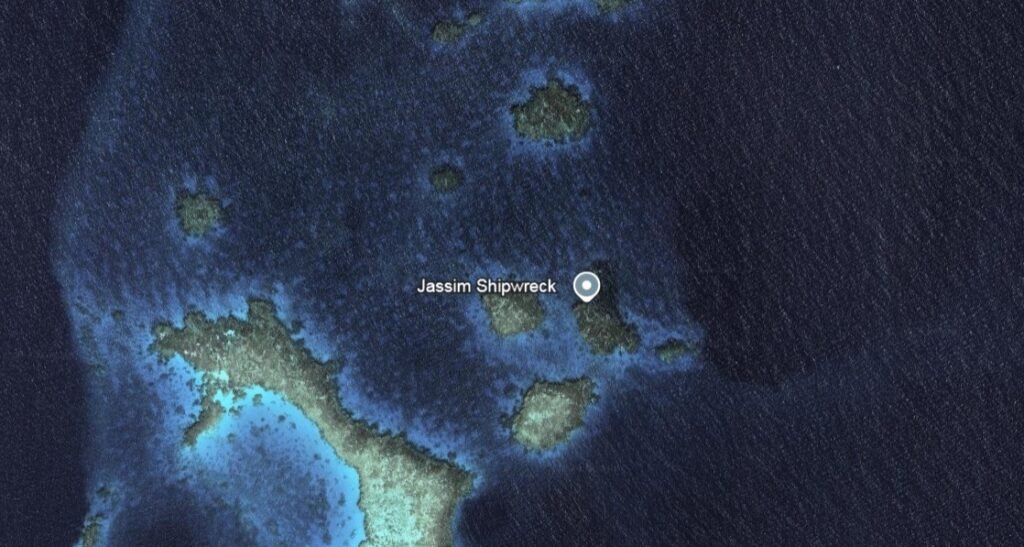
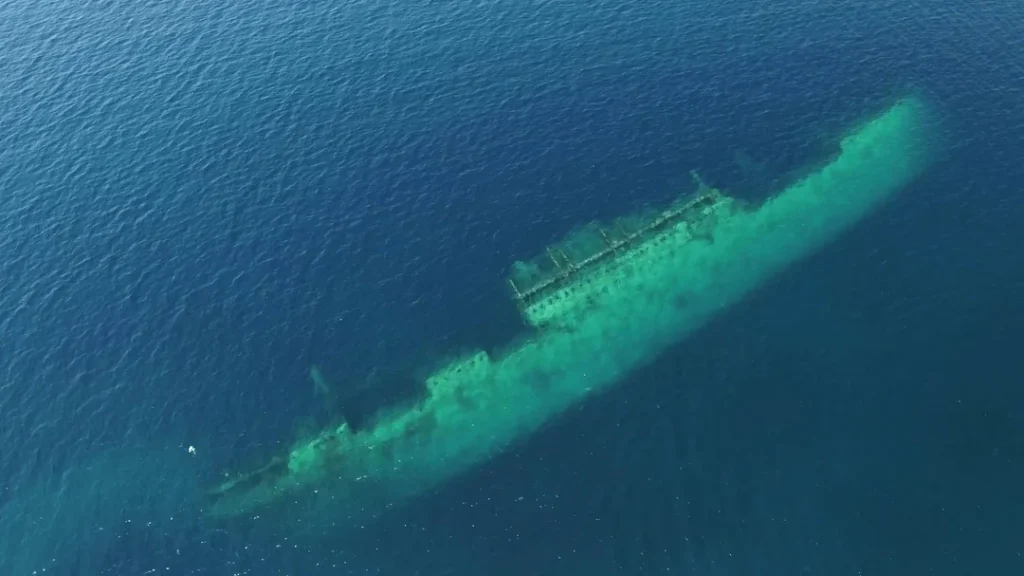
Once bustling with cargo and crew, this beached beauty now hosts an ever-growing colony of curious marine life and serves as an impromptu GPS marker for anyone lost at sea. Because if you’re going to get shipwrecked, you might as well make it easy to find on Google Maps!
The Guitar-Shaped Forest in Argentina
In the quirky world of Google Maps oddities, there’s a unique gem hidden in the heart of Argentina: a forest planted entirely in the shape of a guitar. Yes, you read that right—someone decided to turn their love for music and nature into a botanical masterpiece that’s best appreciated from above.
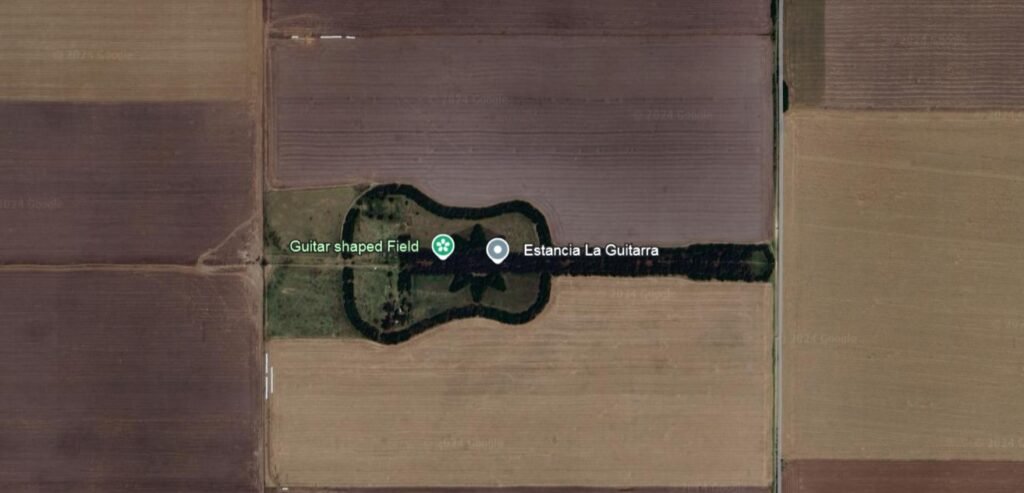
This verdant guitar can be spotted via satellite view, making it a delightful surprise for anyone casually scrolling through the Argentine countryside on Google Maps. Comprising over 7,000 cypress and eucalyptus trees, this arboreal instrument is not just an ode to creativity but also a testament to human ingenuity (and perhaps an overabundance of free time). So next time you’re exploring satellite images and stumble upon this leafy lute, take a moment to appreciate how some folks are strumming new chords in the landscape design playbook—one tree at a time!
The Underwater Pyramid in the Pacific Ocean
The mysterious underwater structure resembling a pyramid, recently spotted in the Pacific Ocean via Google Maps, has become the latest sensation in the world of Google Earth mysteries. Forget about finding your house or that weirdly shaped swimming pool next door; now it’s all about this aquatic enigma that’s got everyone scratching their heads and conspiracy theorists rubbing their hands with glee. Some folks are convinced it’s evidence of an ancient civilization that predates Atlantis, while others think it’s just a conveniently pyramid-shaped rock formation placed there by Mother Nature to keep us on our toes.
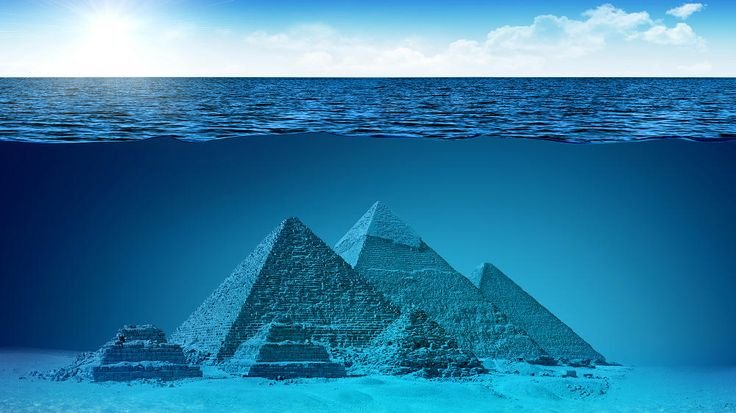
Of course, there’s also the inevitable theory that it’s an alien base because, let’s be honest, no bizarre phenomenon is complete without some extraterrestrial twist. Whether it’s a relic from an ancient world or just a rock with really good PR, this underwater pyramid is making waves and giving us all another excuse to dive deep into the quirky and unexplained corners of our planet—right from our couches!
Conclusion
As we wrap up this whimsical journey, let’s take a moment to appreciate the sheer joy of discovering the world’s strangest sights through Google Maps. Who knew that a simple click could transport you from your couch to an underwater mailbox in Susami Bay or a giant pink bunny sprawled across an Italian hillside? The allure of Google Maps exploration lies in its ability to turn us all into modern-day adventurers without ever having to leave our pajamas. So, why not dive into this treasure trove of map mysteries and discover oddities that will make your friends question your sanity? Remember, the world is full of bizarre wonders just waiting for you to uncover them—one satellite image at a time. Happy exploring!



